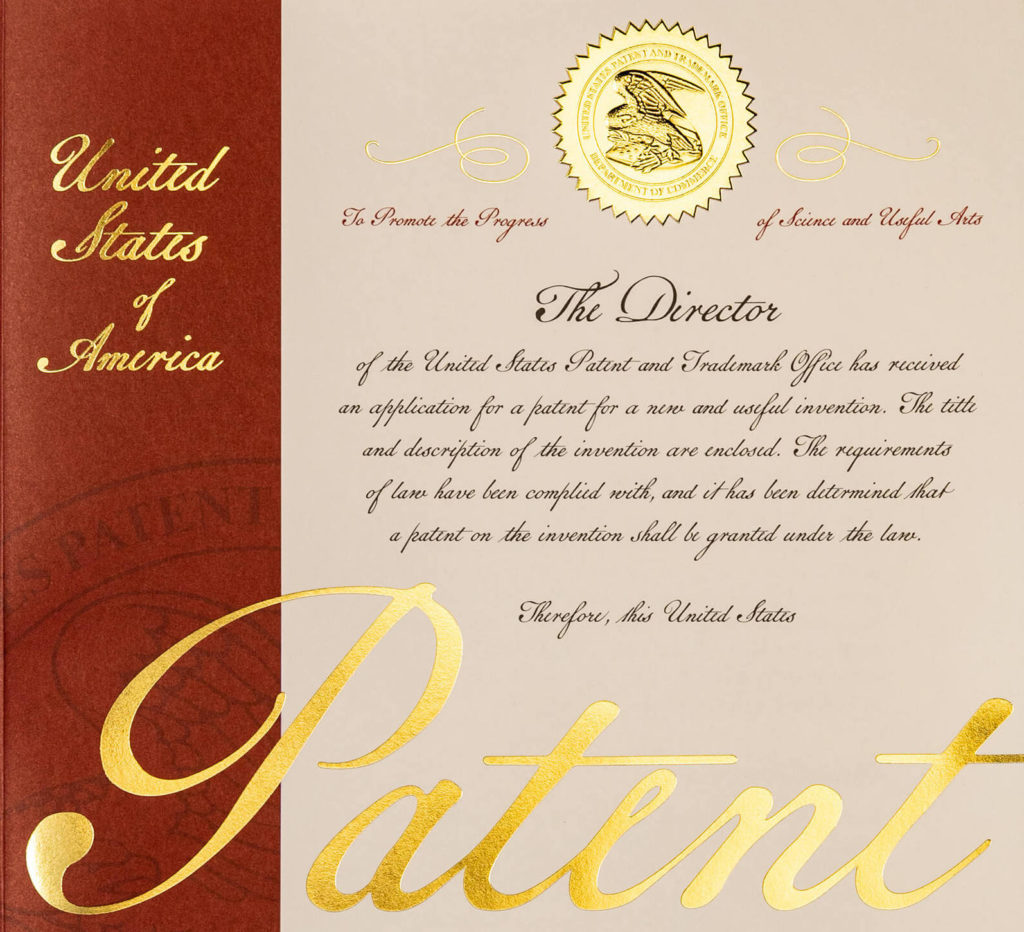The United States Patent and Trademark Office (USPTO) was recently required to determine whether a patent application may list artificial intelligence as an inventor. At issue were two patent applications for two separate, seemingly mundane devices. One application described a shape-shifting container for food and the other an emergency flashlight. The two inventions were created by DABUS, an artificial intelligence system created by physicist and artificial intelligence researcher Stephen Thaler. In a published decision, the USPTO determined that neither DABUS, nor any other artificial intelligence, can be listed as an inventor on a patent filing.
For a patent to be granted, it must satisfy certain requirements. The invention must be (1) patent eligible in that it is either a machine, process, article of manufacture, or a composition of matter; (2) useful; (3) new; (4) nonobvious; and (5) described with enough particularity that a person of ordinary skill in the relevant technology field would understand the invention without undue experimentation. Aside from these patentability requirements, the application must be filed with certain documentation, including, among others, an application data sheet which identifies the inventor(s).
When filed, the application papers at issue included an application data sheet, a substitute statement in lieu of a declaration, an inventorship statement, and assignment documentation assigning the entire right title and interest to Stephen Thaler. The application data sheet, which identifies the inventor or joint inventors of an invention, identified a single inventor with the given name “DABUS” and the family name “Invention generated by artificial intelligence.” Similarly, the substitute statement was executed by Stephen Thaler, who identified himself as the legal representative of DABUS and the applicant of the invention. Substitute statements take the place of an oath or declaration when an inventor is deceased, under a legal incapacity, has refused to execute an oath or declaration, or cannot be found or reached after diligent effort.
In August 2019, a Notice to File Missing Parts was issued, which indicated the application data sheet “did not identify each inventor by his or her legal name.” In instances where a Notice to File Missing Parts is issued, the patent application will still be accorded a filing date and application number. The applicant is then given a certain time period (usually two months) to file all required items and any fee. In this case, although the Notice sought a new application data sheet with correct inventorship, the applicant instead filed a petition requesting supervisory review of the Notice. This petition was dismissed, and the applicant requested reconsideration of this decision. The USPTO agreed with the prior ruling and therefore, refused to vacate the decision.
According to the applicant, DABUS is programmed as a series of neural networks that have been trained with general information in the field of endeavor to independently create the invention. Thaler claims it was DABUS, not a person, that recognized the novelty and importance of the purported invention. Moreover, DABUS was not trained to solve any specific problem nor was it trained on any special data relevant to the invention at issue. As a result, Thaler maintains the position that inventorship should not be limited to natural persons.
In explaining its decision, the USPTO provided several statutes, including that which sets forth the requirement that a patent application include “the name of the inventor for any invention claimed in the application” and that which defines “inventor” as “the individual or, if a joint invention, the individuals collectively who invented or discovered the subject matter of the invention.” The USPTO determined that the statute precludes the applicant’s proposed broad interpretation of “inventor.” Indeed, it was also explained that the terms “whoever,” “himself,” “herself,” and “person” suggest a natural person and not a machine. Further, the USPTO cited several Federal Circuit Court of Appeals decisions that set forth that drafted must be natural persons. Overall, the USPTO found that the language of the patent laws as written by Congress and as subsequently interpreted by courts unequivocally supports the position that machines cannot be inventors.

